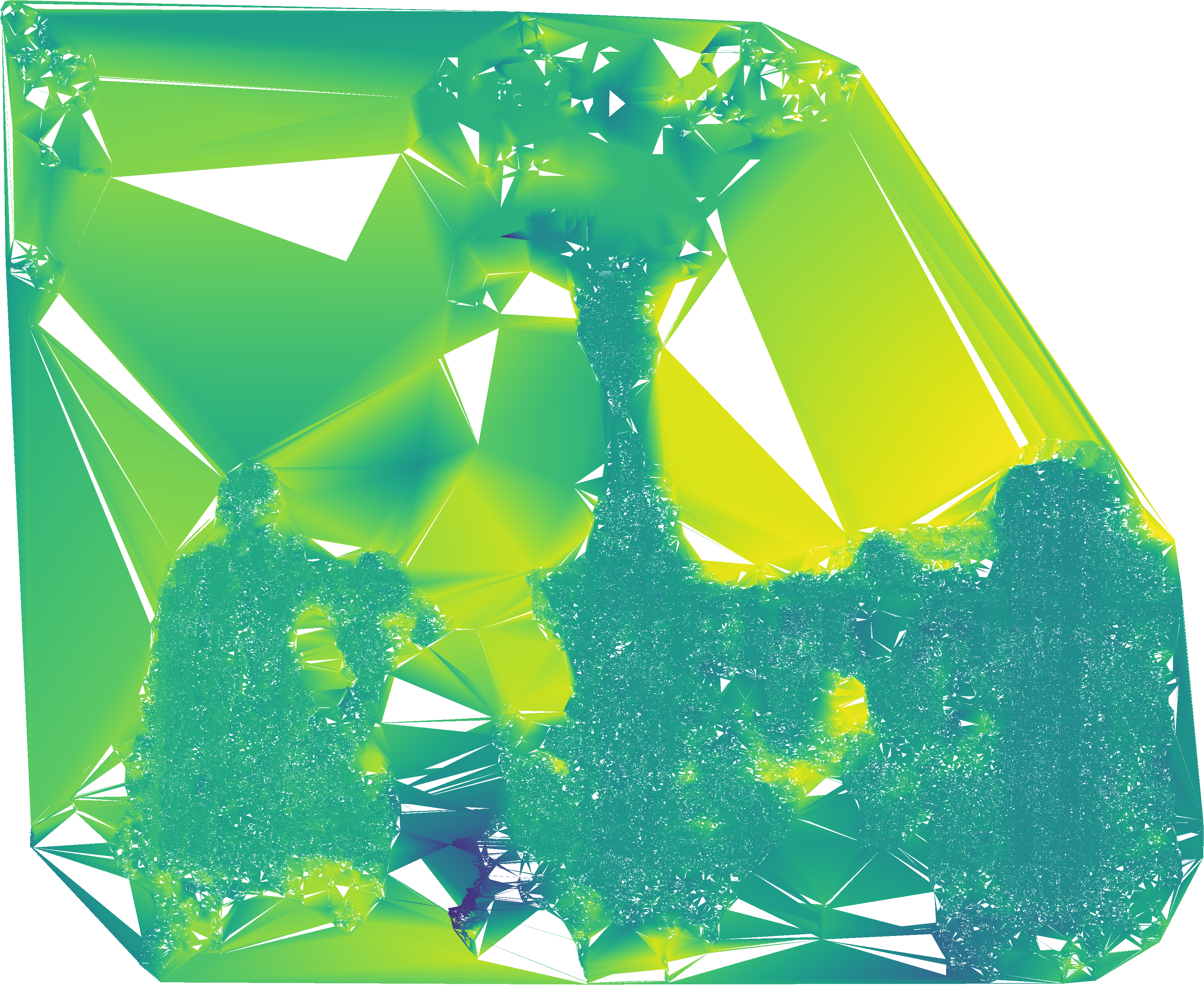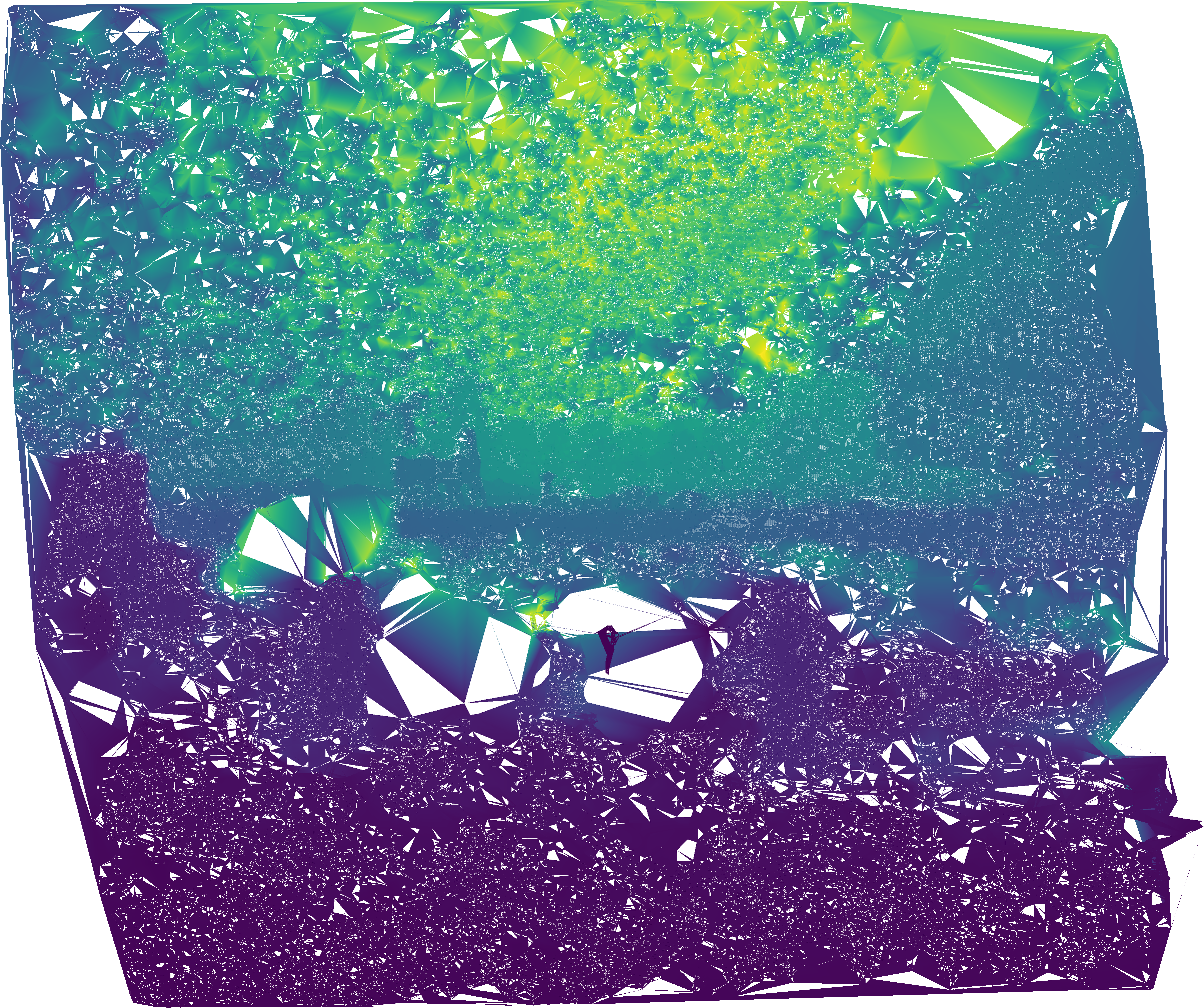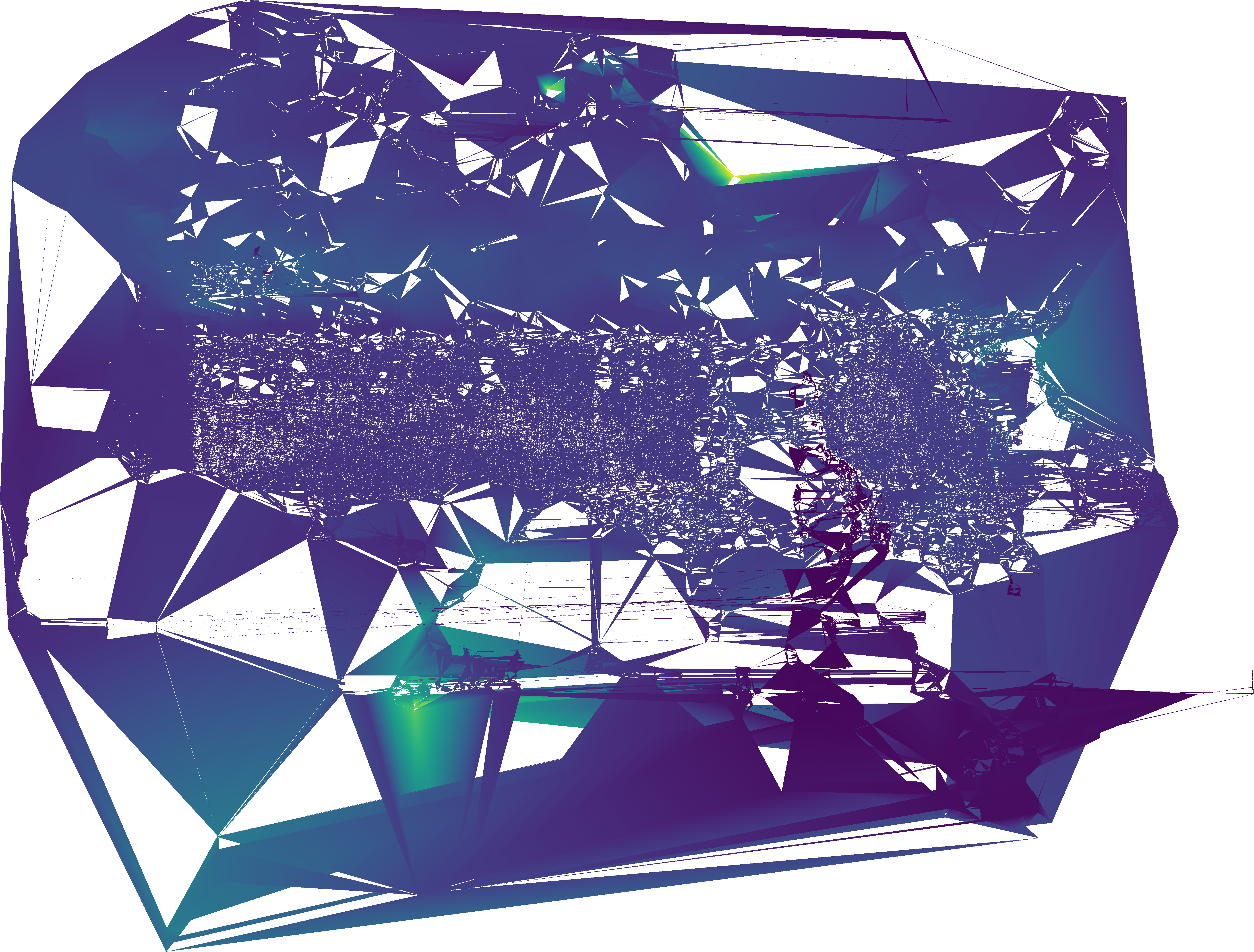-
Notifications
You must be signed in to change notification settings - Fork 1
Sample showcase photos
Dmitry Zolotukhin edited this page Mar 12, 2023
·
4 revisions
Recontructing photos is possible, but requires some additional effort:
- Minimize the number of uniform areas (e.g. sky, flat uniform surfaces), as they do not provide enought details to match images
- Water and foliage are constantly changing, making it impossible to match images.
- Any moving objects will cause distortions.
- Use the perspective mode projection.
- Distortion such as roll rotation, scaling (resizing) is tolerated, but only by a small amount:
- Try to move the camera in a parallel motion, or if not possible use yaw/pitch rotation.
- Keep the camera at a distance from the object.
- Image noise can result giant "peaks" or "spikes", needs to be cleaned up manually.
- Without texture data, images are a lot more difficult to cross-correlate.
- EXIF metadata or a manually provided focus length is required for reconstruction to work correctly.
- Any objects that are too far away from the camera are "at infinity" and produce a lot of noise, so they're removed from the final image.
A few items to consider:
- Avoid distortion - try to get a parallax effect without changing the objects' shape.
- Try both parallel and perspective projections to see which one provides better results.
- Manually remove peaks, noise and other unnecessary data. Using a 3D editor like Blender is highly recommended.
- Since there's a bit of randomness in detection of images' relative position, there's a chance that the end result will look too distorted or incorrect. Re-running with the same paramaters can help in some cases.
The best way to achieve good results is to center on one object/point, then move left or right keeping the object centered.
Cybervision uses the simplest method to implement, and applying a method such as the Levenberg-Marquardt algorithm would provide better results.
A few example meshes:
Photo 3:
Photo 6:










